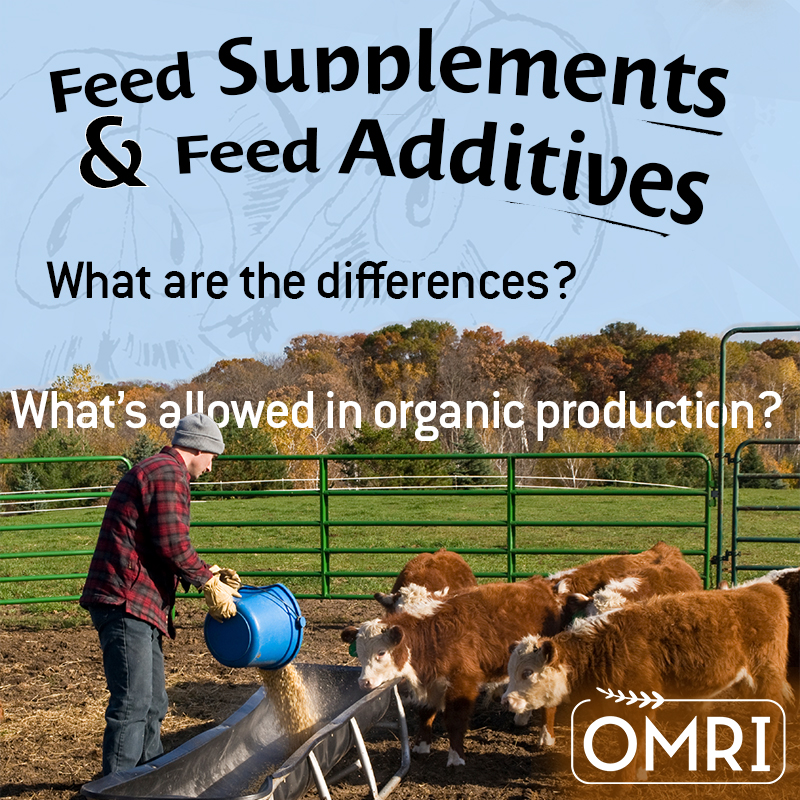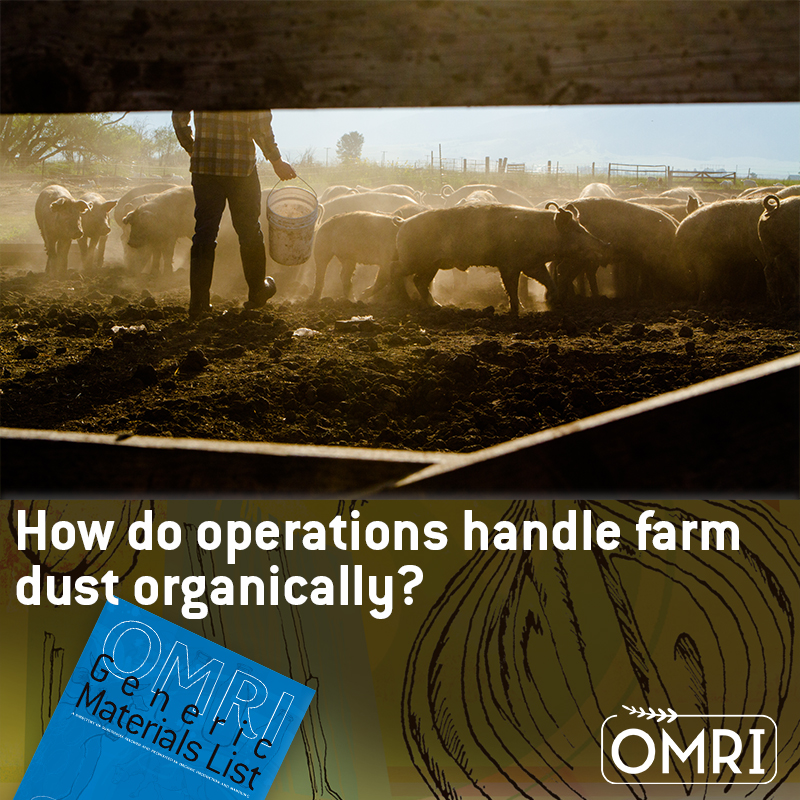
Looking for complete background information on a particular topic? You’ve come to the right place!
Browse OMRI’s articles, or contact us to suggest a topic. Don’t forget that subscribers receive the complete OMRI newsletter with the latest reports, delivered quarterly.
I know that Trehalose is used as a food additive for a variety of purposes. Is it allowed for use in organic processing as a natural flavor?
By Lindsay Fernandez-Salvador
Commonly referred to as Trehalose or ‘Treha’, this disaccharide sugar is naturally produced by plants, fungi, yeast and invertebrates. It serves as an anti-desiccant during drought and a nutrient transfer medium in insects. Treha is catabolized by the enzyme trehalase and is effectively digested by humans into glucose. Historically...
What are the allowable sources of glucono delta-lactone and how is it used in organic processing?
By Johanna Mirenda
Glucono delta-lactone is derived from gluconic acid, with numerous uses as a food processing aid. Nonsynthetic forms of glucono delta-lactone are allowed for use in organic processing in accordance with its listing at §205.605(a) of the National List. Glucono delta-lactone is produced when gluconic acid crystallizes in water. It is then isolated by filtering or...
Can paper green waste collection bags printed with colored ink be used as a compost feedstock?
By Daniel Nguyen
Paper green waste collection bags are available for residential use, and many of these paper bags are printed with colored inks. These paper green waste collection bags are often destined for the compost pile and, if not removed, these bags with colored ink become feedstocks in the resulting compost. The bags and the green waste contained therein are evaluated for compliance against the National Organic...
 What is the difference between a feed supplement and a feed additive? What needs to be certified organic?
What is the difference between a feed supplement and a feed additive? What needs to be certified organic?
By Jarod Rhoades
When reviewing livestock feed ingredients, it is important to first determine the intended function in livestock feed products. The USDA National Organic Program (NOP) regulations differentiate “feed supplements” from “feed additives” to determine the allowance of...
How are the enzymes for processing organic foods produced and used?
By Nick Stansbury
Enzymes are proteins that act as catalysts and can increase the rates of chemical reactions. Enzymes can be sourced from plants, animals and microorganisms. Most commercially important enzymes are derived from microbial sources, with a smaller fraction derived from plant and animal tissues. The National Organic Program (NOP) regulations at §205.605(a) allow the use of animal enzymes (rennet – animal derived; catalase – bovine...
 Why are dust suppressants important, and which materials are allowed for this use in organic production?
Why are dust suppressants important, and which materials are allowed for this use in organic production?
By Everett Codd
Dust emissions from agricultural operations contribute to air pollution and represent a serious health hazard for farmworkers and farm animals. On-farm dust can come from tillage practices, unpaved roads, the application of dry fertilizers, harvesting of grain, livestock, and...
Is erythorbic acid allowed for use in organic processing?
By Andria Schulze
Erythorbic acid is a stereoisomer of ascorbic acid (Vitamin C). While ascorbic acid is allowed as a synthetic ingredient in or on processed organic products at §205.605 in the NOP regulations, the issue of stereoisomers is not addressed in the rule. A stereoisomer is a molecule that has the same formula and sequence of bonded atoms as another, but differs in its three-dimensional orientation. For example, if your hands were molecules and your...
What are alginates? How are they used in organic food processing and handling?
By Taryn Kennedy
Alginates are polysaccharides derived from marine algae and brown seaweeds, such as kelp. Similar to the structure-forming component of cellulose in terrestrial plants, alginates give brown algae both mechanical strength and flexibility. Alginates are among a suite of polysaccharides or “seaweed gums” that are extracted by the hydrocolloid industry for use in food processing and for medical, pharmaceutical, textile and...
By Evan Thomsen
The OMRI Canada review program turned four this year, and during those four years we have seen a number of recurring reasons why OMRI might not allow products for organic production under the Canada Organic Regime (COR) regulations. There are several points of compliance that determine the allowance of input materials; some are OMRI policy, and some are mandated by the regulations in CAN/CGSB-32.310 and CAN/CGSB-32.311. Below is a list of some of the common reasons why products do not end up on the OMRI Canada...
How does OMRI evaluate GE materials for use as ingredients in processed organic food products labeled as “organic” or “made with organic ingredients”?
By Taryn Kennedy
Ingredients and processing aids that are directly produced through genetic engineering (GE) are prohibited. OMRI uses 5 criteria to evaluate whether a product is directly produced through GE and is therefore prohibited: 1) Is the product a live GE organism or a live organism derived from a GE organism? 2) Does the product contain modified DNA that will be...








